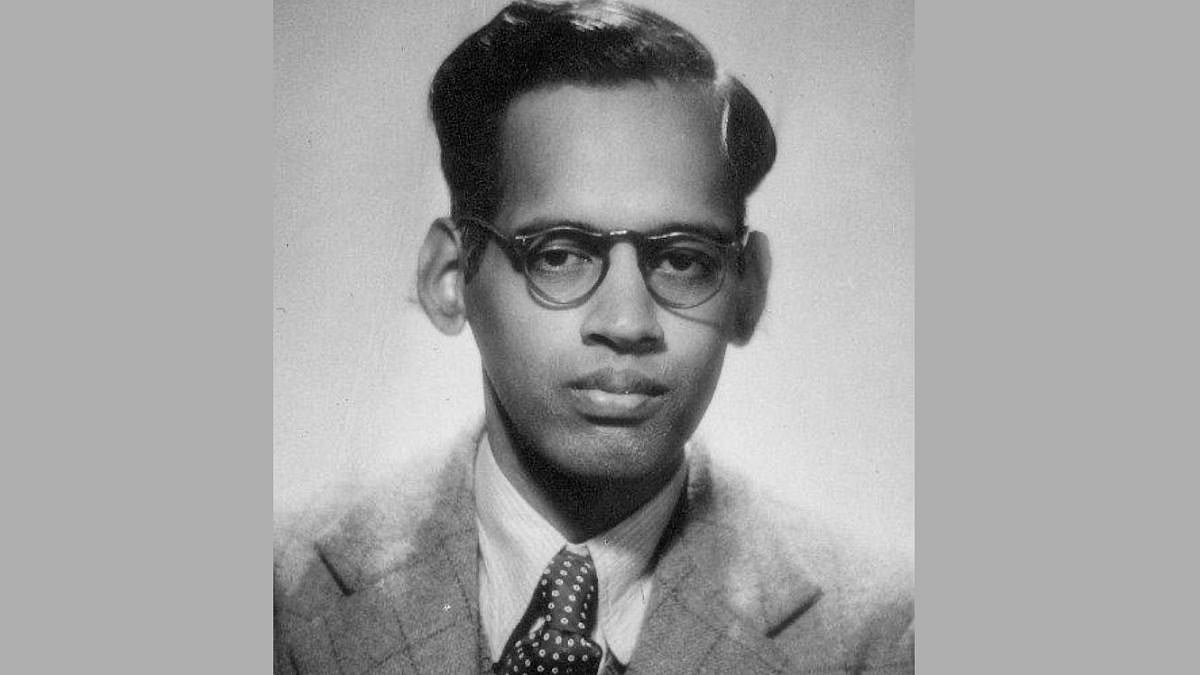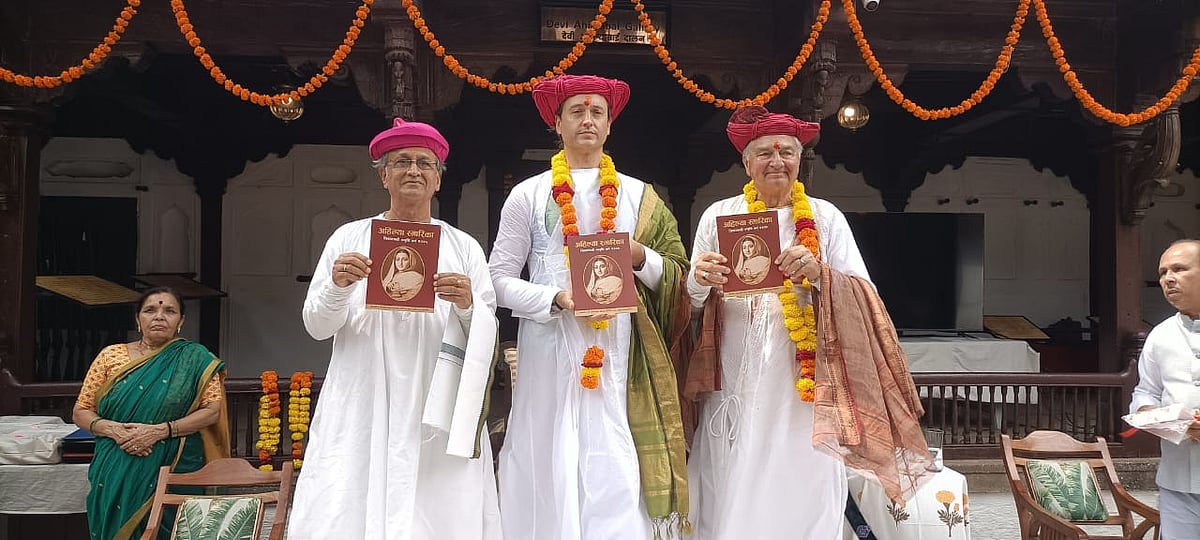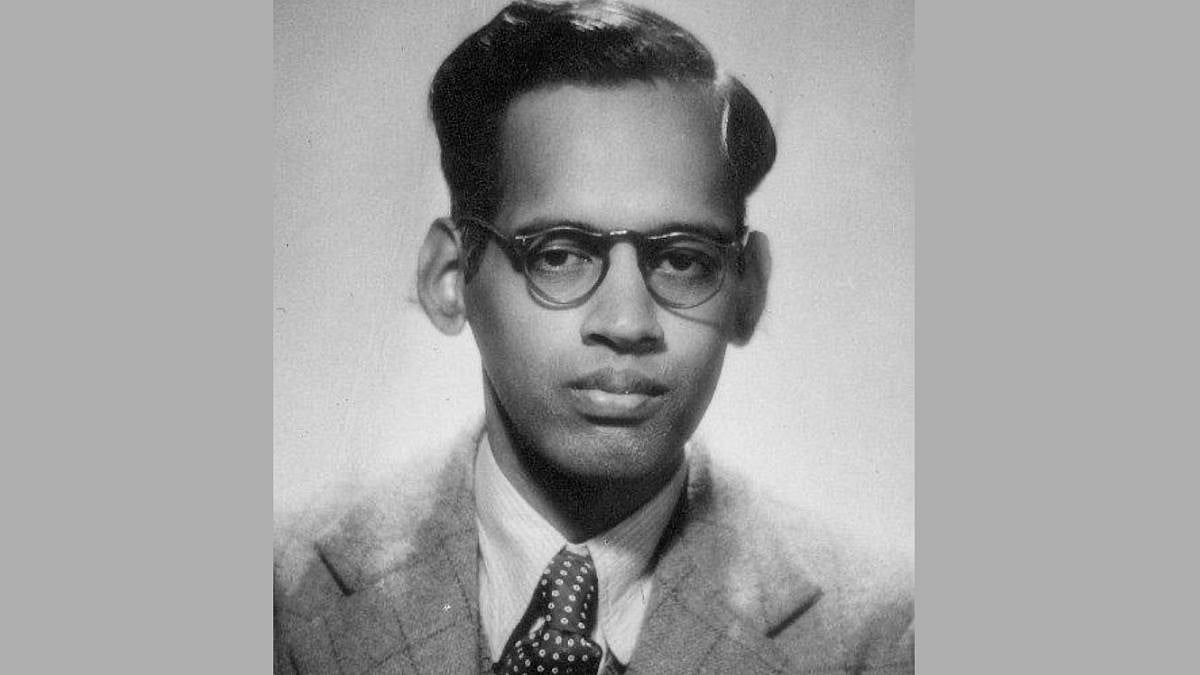GN Ramachandran was a pioneering Indian scientist whose groundbreaking contributions transformed the study of protein structure. He was born on October 8, 1922. His work has had a lasting impact on biochemistry and molecular biology, and his name is etched in the history of scientific research due to his pioneering methods in understanding the three-dimensional structures of proteins.
About GN Ramachandran
GN Ramachandran or Gopalasamudram Narayana Ramachandran was born in the city of Villupuram, Tamil Nadu, India. His early exposure to scientific thought distinguished Ramachandran's academic journey. He completed his undergraduate studies at Presidency College, Chennai. He studied physics at the University of Madras and earned a degree in physics. His interest in science, particularly in the fields of chemistry and biology, guided him towards biophysics. He possessed a unique ability to integrate the principles of physics with the complex world of biological molecules, which led to numerous groundbreaking discoveries.
Contributions
One of Ramachandran's most significant contributions came in 1963 with the development of the Ramachandran Plot. This was a revolutionary tool for studying the conformation of polypeptides and proteins. The plot mapped the possible angles of peptide bond rotations, helping scientists understand the structure and folding of proteins. This visual representation not only made complex molecular structures easier to comprehend but also became a crucial part of protein structure determination and molecular biology studies.
Legacy
Ramachandran was recognised worldwide for his outstanding contributions to science. He was elected as a fellow of the Royal Society of London in 1987, and his scientific achievements earned him numerous awards, including the Shanti Swarup Bhatnagar Prize in 1972. His legacy extends not only to his discoveries but also to his role as a mentor and educator, shaping generations of scientists through his teaching and research.











